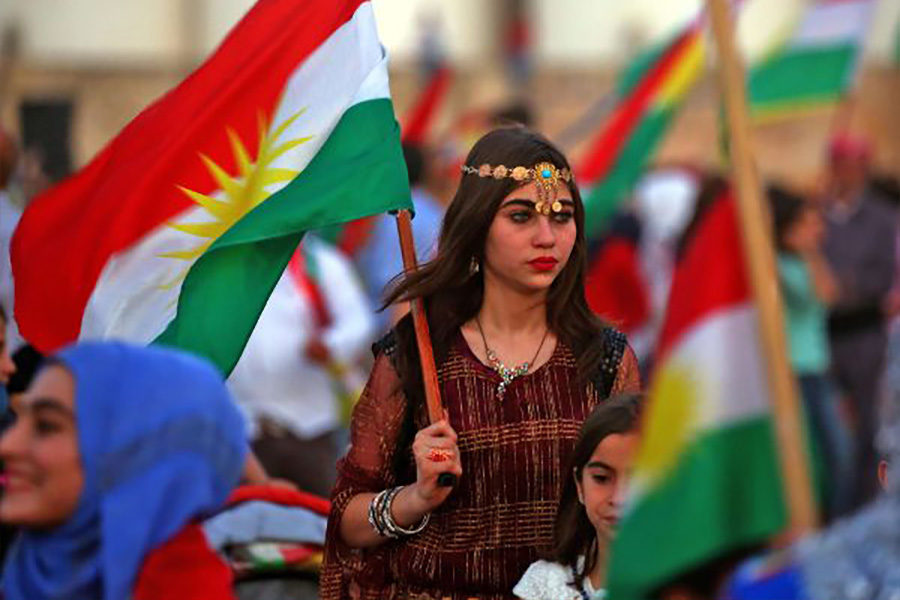The word sham (𐤔𐤌) or “Shem” is associated with two meanings. The first meaning is that of “name” from which the meanings of byword, fame, famous, memorial, renown, report, and repute are derived. The last association of the word is with the middle or second 𐤁𐤍 (ban) of 𐤍𐤅𐤇 (Nauakh).
𐤔𐤌 (Sham) is the middle or second 𐤁𐤍 (ban) of 𐤍𐤅𐤇 (Nauakh) who was given the following lands by his father when he divided the earth: Eastern Africa (known as the Middle East in the 21st century), Turkey, Georgia, middle and eastern Russia. The previous border stretches to Russia’s Pacific Ocean border, Japan, the Philippines, and Malaysia.
He is the father of 𐤏𐤉𐤋𐤌 (Āyalam), 𐤀𐤔𐤇𐤅𐤓 (Ashakhauar), 𐤀𐤓𐤐𐤊𐤔𐤃 (Araphakashad), 𐤋𐤅𐤃 (Lauad), and 𐤀𐤓𐤌 (Aram). He is the progenitor of the Asiatic people; including the Negroes (Afro-Asiatic), and melanin-filled Asiatic people. Euro-Asiatic people are also related to him, however, they are heavily intermixed with 𐤉𐤐𐤕 (Yaphat)’s lineage.
The Paleo-Hebrew language or the original language of the Ābarayam is one spoken with an emphasis on the rauakh (breath, wind, spirit). With the language of the Ābarayam, each letter has a meaning and a number associated with it that adds meaning to each word they’re used with. Below you will be able to learn more about the letter in Ancient Hebrew, Yiddish Hebrew, Greek, and much more.
Letter Meanings
| Letter | Meaning |
|---|---|
| 𐤔 (sh) – sha | teeth, eat, consume, destroy, bite, two, change, divide, press, repeat Prefix: that, the fact that. Prefix: used to introduce relative clauses; |
| 𐤌 (m) – ma | water, chaos, mighty, liquid, massive, sea, blemish Suffix: them in feminine form. |
| Ābarayat Number | 340 = 300 (sh) + 40 (m) |
| Hebrew Gematria | |
| English Gematria | |
| Simple Gematria |
Based on the meaning of the letters the word could be defined as:
- “consume chaos”
- “consumption of mighty”
- “consume a multitude”
- “destroy chaos”
- “destroy mighty”
- “destroy a multitude”
- “change chaos”
- “change of mighty”
- “change a multitude”
- “divide chaos”
- “division of mighty”
- “divide a multitude”
- “that water”
- “that chaos”
- “that mighty”
- “that sea”
Definitions for 𐤔𐤌 / sham
| Language | Word | Transliteration | Pronunciation | Definition |
|---|---|---|---|---|
| Ābarayat | 𐤔𐤌 | sham | shawm | the second son of Nauakh, also the father of Ayalam, Ashakhauar, Araphakashad, Lauad, and Aram. |
| English | Shem | Shem | shem | the eldest of the three sons of Noah. Genesis 10:21. |
| Hebrew | שֵׁם | Shem | shame | “name”, the oldest son of Noah |
| Arabic | اسم or سام | aism or Sam | eh-sm or sam | name, denomination, rubric, designation, denotation |
| Greek | Σήμ | Sém | Same | Shem, a son of Noah. |
Lineage of Being Set Apart
The man himself doesn’t receive a lot of attention, however, out of the three brothers he was the one deemed as set apart and would become the chosen line of the Most High, 𐤉𐤄𐤉𐤄 (Yahayah) / 𐤉𐤄𐤅𐤄 (Yahauah). From him, 𐤀𐤁𐤓𐤌 (Abaram) aka 𐤀𐤁𐤓𐤄𐤌 (Abaraham), 𐤉𐤒𐤈𐤍 (Yaqathan), 𐤉𐤔𐤌𐤏𐤀𐤋 (Yashamaāal), and 𐤉𐤔𐤓𐤀𐤋 (Yasharaal) would all be born.
From the lineage of 𐤉𐤔𐤓𐤀𐤋 (Yasharaal), 𐤄𐤌𐤔𐤉𐤇 (Ha-Mashayakh) was born. In Islam, he is regarded by scholars to be the successor to 𐤍𐤅𐤇 (Nauakh), receiving prophetic knowledge, enlightenment, and leadership of his people. 𐤔𐤌 (Sham) was also one of the people whom The Most High had 𐤉𐤄𐤅𐤔𐤅𐤏 (Yahauashauaā) / 𐤉𐤄𐤉𐤔𐤉𐤏 (Yahayashayaā) resurrect as a sign to the Children of 𐤉𐤔𐤓𐤀𐤋 (Yasharaal).
The Wife of 𐤔𐤌 (Sham)
The Book of 𐤉𐤅𐤁𐤋 (Yauabal) says his original 𐤀𐤔𐤄 (ashah)’s name was Sedeqetelebab; it is claimed that the name means “Righteousness of Heart”. However, there are claims that his 𐤀𐤔𐤄 (ashah)’s name was Ar’yel. She gave birth to his children named 𐤏𐤉𐤋𐤌 (Āyalam), 𐤀𐤔𐤇𐤅𐤓 (Ashakhauar), 𐤀𐤓𐤐𐤊𐤔𐤃 (Araphakashad), 𐤋𐤅𐤃 (Lauad), and 𐤀𐤓𐤌 (Aram).
The attribution of his 𐤀𐤔𐤄 (ashah)’s name Sedeqetelebab is based on the text stating “And Shem dwelt with his father Noah, and he built a city close to his father on the mountain, and he too called its name after the name of his wife Sedeqetelebab. And behold these three cities are near Mount Lubar; Sedeqetelebab fronting the mountain on its east; and Na’eltama’uk on the south; ‘Adatan’eses towards the west.” Since the Book of 𐤉𐤅𐤁𐤋 (Yauabal) says he named the territory after her then we have to assume her legitimate name is Sedeqetelebab.
Unlike the name Sedeqetelebab, 𐤀𐤓𐤉𐤀𐤋 (Arayaal) has an Ābarayat meaning, which is “Lioness of the Most High”. Since everyone spoke the same language prior to the Tower of Babel the name of his 𐤀𐤔𐤄 (ashah) should have some type of meaning in the language.
It is said that Ar’yel was raised in a remote forest village among people who worshipped false “gods”. She came to believe in 𐤉𐤄𐤅𐤄 (Yahauah) / 𐤉𐤄𐤉𐤄 (Yahayah) after hearing 𐤍𐤅𐤇 (Nauakh) speak to her people. Longing to know more about the Creator, she soon joined 𐤍𐤅𐤇 (Nauakh)’s family in building the ark.
The 𐤌𐤋𐤊𐤉־𐤑𐤃𐤒 (Malakay-Tsadaq)
According to some Jewish traditions, 𐤔𐤌 (Sham) is believed to have been 𐤌𐤋𐤊𐤉־𐤑𐤃𐤒 (Malakay-Tsadaq), King of 𐤔𐤋𐤌 (Shalam), whom 𐤀𐤁𐤓𐤄𐤌 (Abaraham) is recorded to have met after the Battle of the Four Kings. The name is a title meaning “My King is Righteousness.” 𐤌𐤋𐤊𐤉־𐤑𐤃𐤒 (Malakay-Tsadaq) was known as the great high priest of the Most High. He was ordained as a priest after the order of the “Son of God.” He’s also known as 𐤀𐤁𐤓𐤌 (Abaram) aka 𐤀𐤁𐤓𐤄𐤌 (Abaraham)’s ecclesiastical leader and King of 𐤔𐤋𐤌 (Shalam).
It was assumed that 𐤔𐤌 (Sham) held the keys to the priesthood and was the great high priest of his day where he stands next to 𐤍𐤅𐤇 (Nauakh) during this time when patriarchs passed on the priesthood in the family. We cannot have two high priests presiding at the same time. 𐤔𐤌 (Sham) was the great high priest of his day. 𐤀𐤁𐤓𐤄𐤌 (Abaraham) honored the high priest 𐤌𐤋𐤊𐤉־𐤑𐤃𐤒 (Malakay-Tsadaq) by seeking a blessing at his hands and paying him tithes.
𐤀𐤁𐤓𐤄𐤌 (Abaraham) stands next to 𐤔𐤌 (Sham) in the patriarchal order of the priesthood and would surely have received the priesthood from 𐤔𐤌 (Sham), but Ābaray teachings say 𐤀𐤁𐤓𐤄𐤌 (Abaraham) received the priesthood from 𐤌𐤋𐤊𐤉־𐤑𐤃𐤒 (Malakay-Tsadaq). 𐤍𐤅𐤇 (Nauakh) was 140 years old when his ancestor, 𐤔𐤌 (Sham), entered his final rest after reigning in righteousness. Also, another supporting factor is that 𐤔𐤌 (Sham) inherited the land of 𐤔𐤋𐤌 (Shalam) and 𐤌𐤋𐤊𐤉־𐤑𐤃𐤒 (Malakay-Tsadaq) is the king of 𐤔𐤋𐤌 (Shalam). The name 𐤌𐤋𐤊𐤉־𐤑𐤃𐤒 (Malakay-Tsadaq) more than likely served as a title rather than an actual name for an individual.
Masoretic השם (HaShem)
השם (HaShem abbreviated as hšm) or 𐤄𐤔𐤌 (HaSham) literally means “the name” and is a title used in Judaism to refer to God. It is also a given name and surname. In the scriptures, the Ābarayat word which was replaced by God is made up of four vowels. The name of the Most High was replaced with the equivalent of “The Shem”, in some respects it could be seen as a glorification of 𐤔𐤌 (Sham).
According to Jewish traditions it was only pronounced on Yom Kippur by the High Priest. To them saying His name was considered a very serious and powerful thing. This is misconstrued from His commandment that says to not take His name in vain. However, the definition of vain is to make something useless, produce no result, and have no meaning or likelihood of fulfillment. If you erase something, like a name, you make it useless and easy to forget.
Genealogy
Images for 𐤔𐤌 / sham

Maps for 𐤔𐤌 / sham
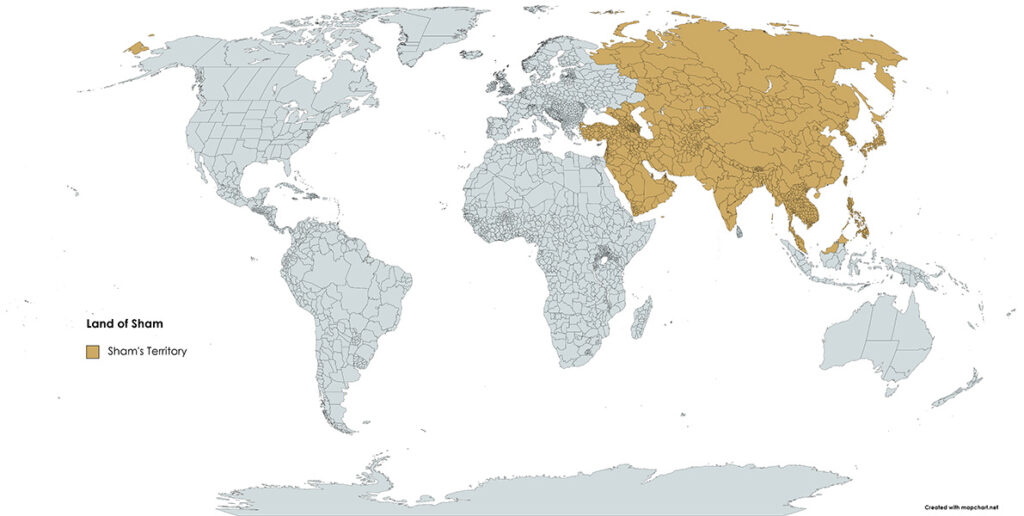
Definitions for 𐤔𐤌𐤉 / shamay
When adding the 𐤉 (yad) to the end of a word, it creates a possessive of the original word. It can either signify “my…” or identify a member of a nation. For example, 𐤏𐤁𐤓 (Ābar) is the progenitor, but 𐤏𐤁𐤓𐤉 (Ābaray) is the singular descendant of him also known as a Hebrew.
| Language | Word | Transliteration | Pronunciation | Definition |
|---|---|---|---|---|
| Ābarayat | 𐤔𐤌𐤉 | shamay | shaw-mey | descendant of Sham, also a name for the Shemites/Semites. |
| English | Semite | Semite | sem-ahyt | a member of various ancient and modern peoples originating in southwestern Asia, including the Akkadians, Canaanites, Phoenicians, Hebrews, and Arabs. |
| Hebrew | שַׁמַּי | Shammay | sham-mah'-ee | three men of Israel |
| Arabic | اسمي هو | aismi hu | ees-mahoo | my name is |
| Greek | Το όνομά μου | to onoma mia | toe oh-no-maw maa | my name |
The Descendants
𐤔𐤌𐤉 (Shamay) or Semite are the descendants of 𐤔𐤌 (Sham) who have now become a mixed multitude of people due to the intermarrying with 𐤇𐤌𐤉𐤌 (Khamayam) and 𐤉𐤐𐤕𐤉𐤌 (Yaphatayam). In general, they are considered the indigenous Asiatic people who were melanin-filled in their time. Over time they became three groups Asiatic, Afro-Asiatic, and Euro-Asiatic; 𐤔𐤌𐤉 (Shamay)-only, 𐤇𐤌𐤉-𐤔𐤌𐤉 (Khamay-Shamay) mixture, and 𐤉𐤐𐤕𐤉-𐤔𐤌𐤉 (Yaphatay-Shamay) mixture respectively.
Their original lands consisted of one border tracing Eastern Africa (known as the Middle East in the 21st century), Turkey, Georgia, and middle-and-Eastern Russia. The opposite border was Russia’s Pacific Ocean border, Japan, the Philippines, and Malaysia.
Images for 𐤔𐤌𐤉 / shamay

𐤉𐤄𐤅𐤃𐤄 (Yahauadah) / 𐤉𐤄𐤉𐤃𐤄 (Yahayadah)
𐤉𐤄𐤅𐤃𐤄𐤉𐤌 (Yahauadahayam) / 𐤉𐤄𐤉𐤃𐤄𐤉𐤌 (Yahayadahayam)
Negroes, Blacks from the Trans-Atlantic Slave Trade, Foundational Blacks of North and South America

𐤇𐤅𐤉𐤋𐤄 (Khauayalah)
𐤇𐤅𐤉𐤋𐤄𐤉𐤌 (Khauayalahayam)
Filipinos
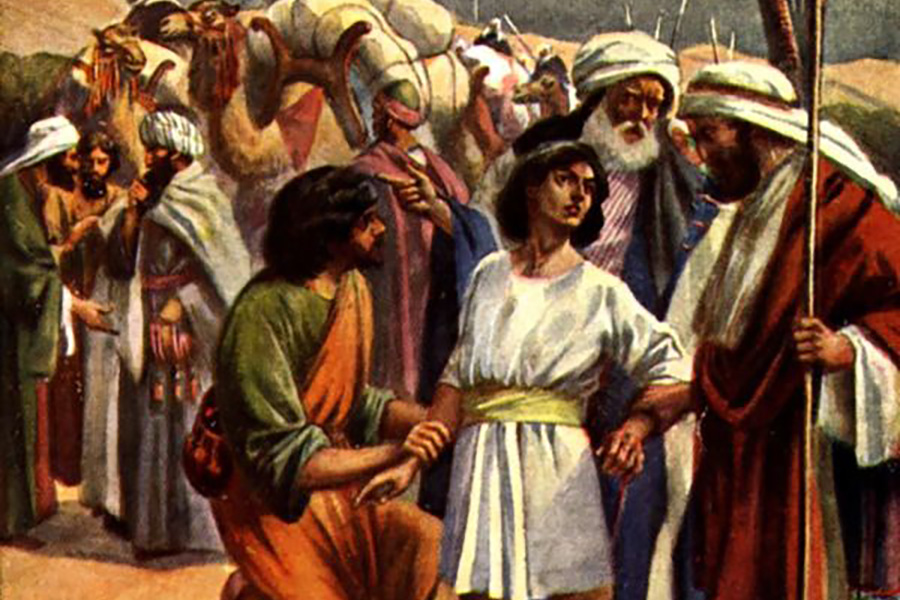
𐤉𐤔𐤌𐤏𐤀𐤋 (Yashamaāal)
𐤉𐤔𐤌𐤏𐤀𐤋𐤉𐤌 (Yashamaāalayam)
Ishmaelites (Arabs, Israelites, and Edomites after intermarriage)

𐤌𐤅𐤀𐤁 (Mauaab)
𐤌𐤅𐤀𐤁𐤉𐤌 (Mauaabayam)
Moorish people (Indigenous Maghrebine Berbers)
Definitions for 𐤔𐤌𐤉𐤌 / shamayam
When adding the 𐤌 (mayam) after the 𐤉 (yad) to the end of a word, it creates a plural of the original word. It can identify multiple members of a nation. For example, 𐤏𐤁𐤓 (Ābar) is the progenitor, but 𐤏𐤁𐤓𐤉𐤌 (Ābarayam) are the plural descendants of him also known as Hebrews.
| Language | Word | Transliteration | Pronunciation | Definition |
|---|---|---|---|---|
| Ābarayat | 𐤔𐤌𐤉𐤌 | shamayam | shaw-ma-yawm | descendants of Sham, also a name for the Shemites/Semites. |
| English | heavens | heavens | hev-uhn | the abode of God, the angels, and the spirits of the righteous after death; the place or state of existence of the blessed after mortal life. |
| Hebrew | שָׁמַיִם | shamayim | shaw-mah'-yim | heaven, sky |
| Arabic | ||||
| Greek |
Images for 𐤔𐤌𐤉𐤌 / shamayam


Definitions for 𐤔𐤌𐤉𐤕 / shamayat
When adding the 𐤕 (tau) after the 𐤉 (yad) to the end of a word, it creates a plural of the original word. It identifies the language or a sign of a nation’s existence. For example, 𐤏𐤁𐤓 (Ābar) is the progenitor, but 𐤏𐤁𐤓𐤉𐤕 (Ābarayat) is the language of him also known as Paleo-Hebrew language.
| Language | Word | Transliteration | Pronunciation | Definition |
|---|---|---|---|---|
| Ābarayat | 𐤔𐤌𐤉𐤕 | shamayat | shaw-ma-yawt | Language of Sham. |
| English | Semitic | Semitic | suh-mit-ik | a subfamily of Afroasiatic languages that includes Akkadian, Arabic, Aramaic, Ethiopic, Hebrew, and Phoenician. |
| Hebrew | ||||
| Arabic | ||||
| Greek |
Images for 𐤔𐤌𐤉𐤕 / shamayat
| Character | Name | Transliteration | Pronunciation |
|---|---|---|---|
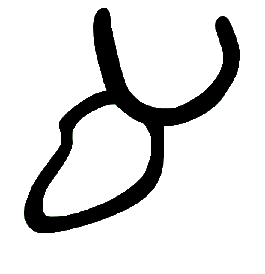 | alaph | a | ah |
| bayat | b | ba | |
| gamal | g | ga | |
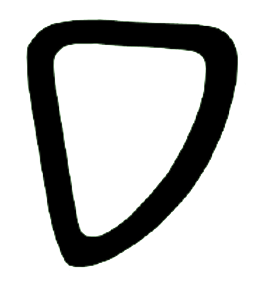 | dalat | d | da |
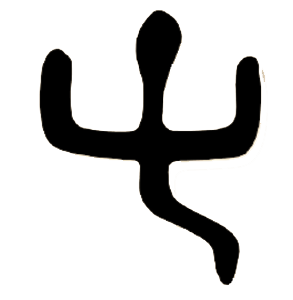 | haa | h | ha |
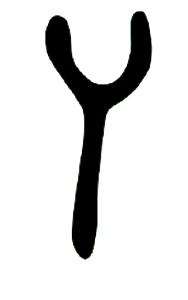 | ýatad | ý | ýa |
| zan | z | za | |
 | khat | kh | kha |
| thanaa | th | tha | |
| yad | y | ya | |
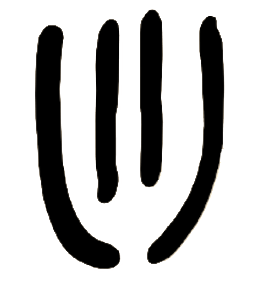 | kaph | k | ka |
 | lamad | l | la |
 | ma | m | ma |
| naýan | n | na | |
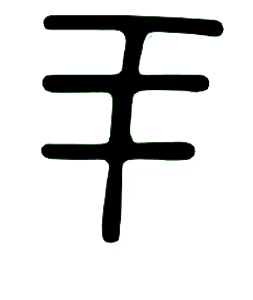 | samak | s | j |
| āyan | ā | ā | |
| ghayan | gh | gh | |
| phaah | ph | pha | |
| tsad | ts | tsa | |
| qaýaph | q | qa | |
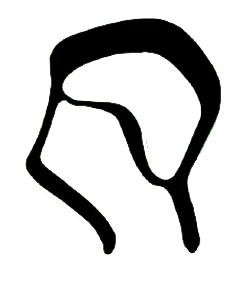 | raash | r | ra |
| shan | sh | sha | |
| taý | t | ta |
Classification
You can continue your studies of the words by viewing Strong’s entries for:

